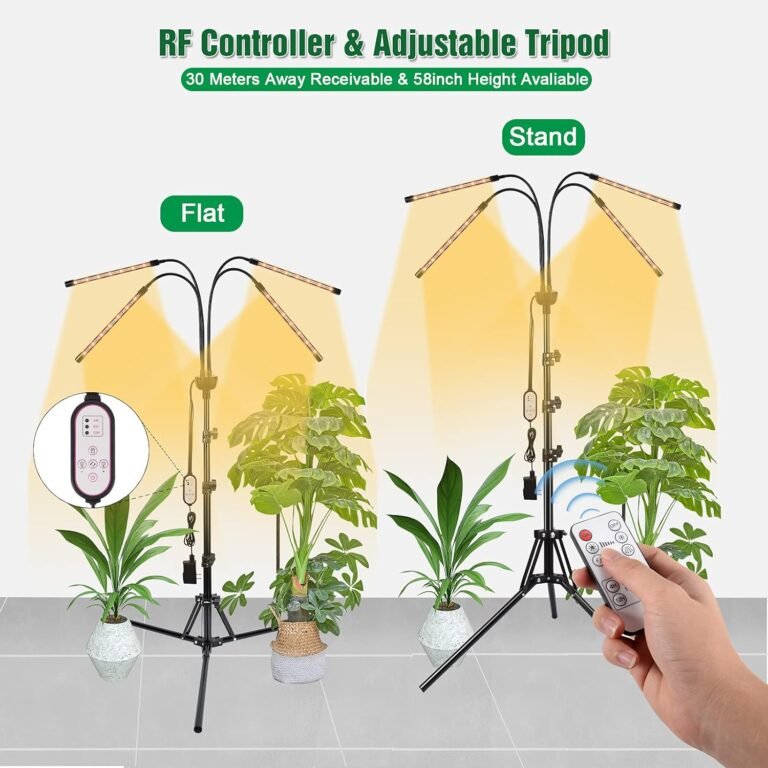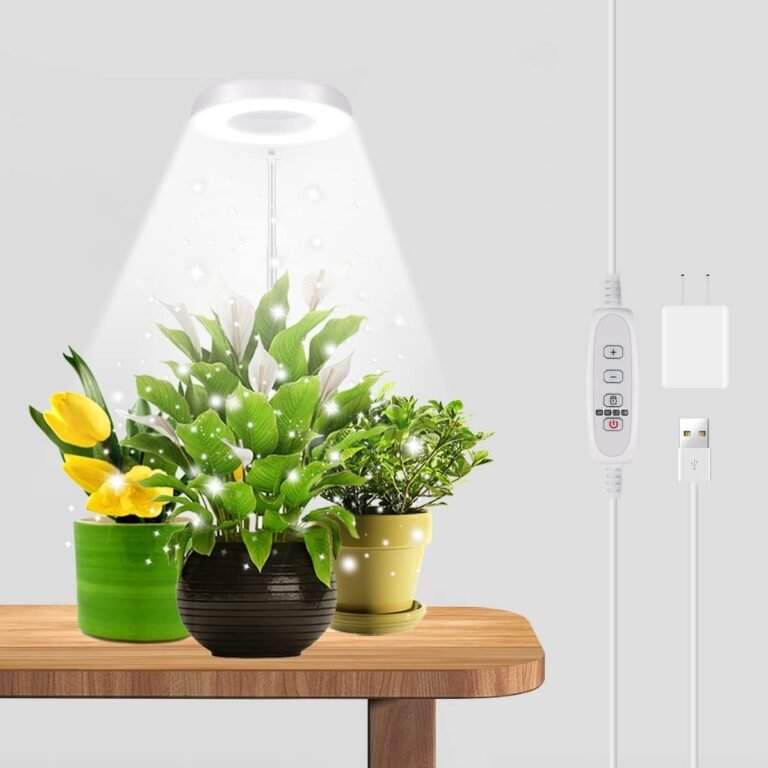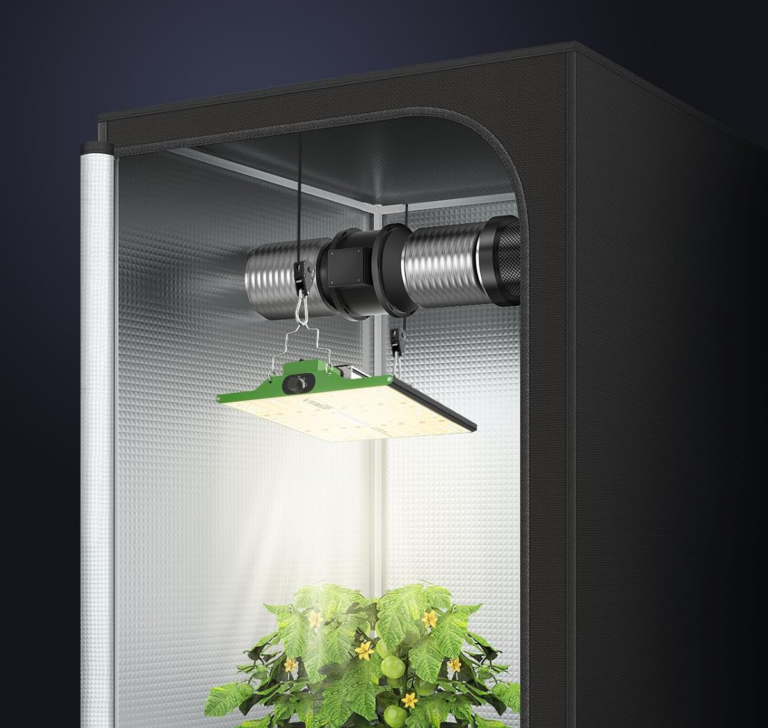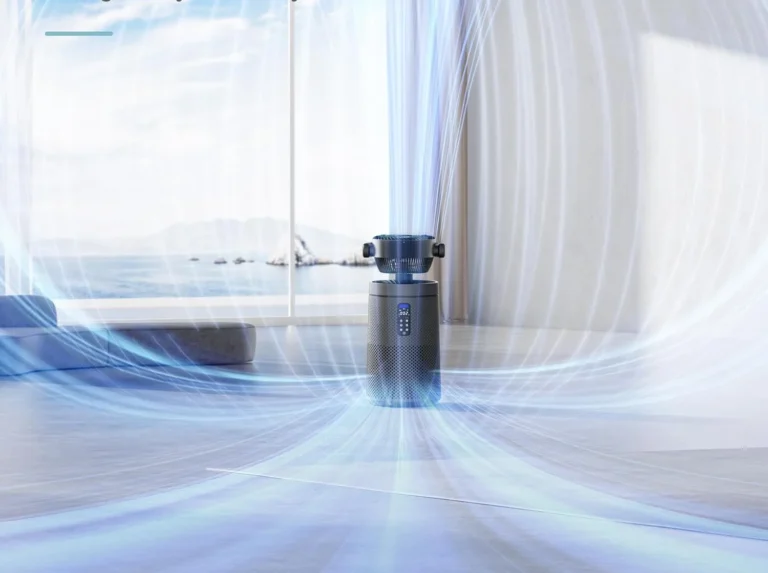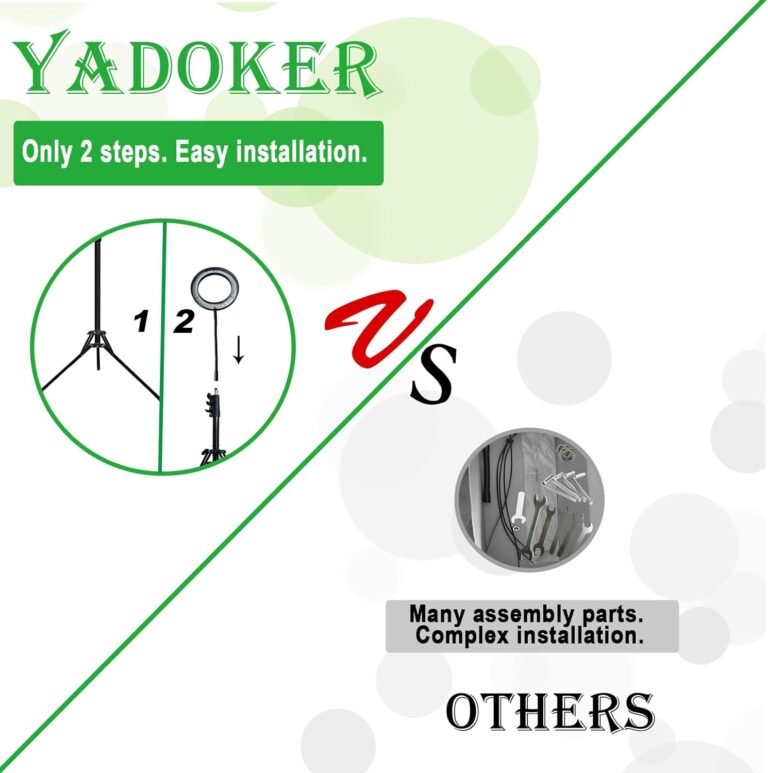The Woes of Indoor Plant Care
Keeping indoor, plants alive, lush and healthy can be a real challenge. Whether you have a green thumb or not, we’ve all faced the same struggles – remembering to water your beloved potted plants. Indoor plants, while beautiful, can be a bit demanding when it comes to hydration. If you’re like many plant enthusiasts, you may have experienced the dreaded scenario of coming home to find your plants wilted and unhappy.
But fear not! The solution to this dilemma lies in the world of technology – the automatic watering system for indoor plants. In this comprehensive guide, we’ll explore everything you need to know about these systems, from how they work to the best options on the market.
The Automatic Watering System Unveiled
What is an Automatic Watering System?
An automatic watering system, also known as an indoor plant watering system, is a modern marvel that takes the guesswork out of plant care. It’s essentially a set of devices and tools designed to deliver water to your indoor plants on a predetermined schedule. These indoor plant watering systems come in various forms, from basic setups to advanced, high-tech solutions, each offering its own set of benefits.
Why Do Indoor Plants Need Automatic Watering Systems?
Indoor plants have specific watering needs that can be challenging to meet consistently. Factors like plant type, pot size, humidity levels, and temperature variations can make it difficult to establish a reliable watering schedule. Automatic watering systems step in to provide the right amount of water at the right time, ensuring your plants stay hydrated and healthy.
Types of Indoor Irrigation Systems
When it comes to maintaining the well-being of your indoor plants, having the right indoor irrigation system can make all the difference. These systems offer diverse ways to provide your plants with the hydration they need. Here are some popular types of indoor irrigation systems:
1. Drip Irrigation System
Drip irrigation is a widely used method for indoor plant care. It delivers water directly to the plant’s root zone through a network of tubes and emitters. This system is excellent for maintaining consistent moisture levels, preventing overwatering, and ensuring efficient water usage.
2. Watering Spikes
Watering spikes, also known as plant stakes or terracotta spikes, are simple and cost-effective solutions. These spikes gradually release water into the soil as needed. They work well for individual potted plants, allowing you to customize watering for each plant based on its requirements.
3. Watering Globes
Watering globes are decorative glass or plastic bulbs that can be filled with water and inserted into the soil. As the soil dries out, the globe slowly releases water to keep the plant hydrated. They are both functional and aesthetically pleasing, making them an attractive addition to your indoor garden.
4. Complete Irrigation Systems
For those who prefer high-tech solutions, complete irrigation systems offer advanced features. These systems often come with timers, Wi-Fi connectivity, and LCD screens for easy monitoring. They are ideal for larger indoor gardens and allow for precise control over watering schedules.
5. Capillary Action Systems
Capillary action systems use a wicking material, such as cotton or nylon, to draw water from a reservoir into the soil. This method is excellent for maintaining even moisture levels in the soil, making it suitable for plants with varying hydration needs.
6. Watering Mats
Watering mats are a unique solution that involves placing a mat with built-in water channels beneath your potted plants. The mat wicks moisture up into the soil, ensuring plants healthy and consistent hydration.
7. Self-Watering Pots
While not a traditional irrigation system, self-watering pots deserve mention. These pots have a reservoir at the base that allows plants to draw water as needed through capillary action. They are a self-contained solution for individual plants.
Choosing the Best Automatic Watering System
Selecting the right automatic watering system for your indoor plants is crucial. The best automatic watering system will depend on various factors, including the types of plants you have, your budget, and how tech-savvy you want to get. In the next section, we’ll delve deeper into the features to consider and provide recommendations for some top-notch systems.
Features to Consider
As you embark on your journey to find the perfect automatic watering system for your indoor and outdoor plants together, you’ll want to consider various features and factors that align with your specific needs. Here are some key aspects to keep in mind:
Power Sources
Automatic watering systems typically rely on power sources to operate. Some use micro USB power, while others are battery-powered. The choice between these options often comes down to your convenience and accessibility to power outlets. Micro USB power systems are more reliable for continuous use, while battery-powered systems offer portability.
Water Flow and Pressure
The water flow and water pressure of the system are essential for delivering the right amount of water to your plants. Make sure the system you choose can accommodate the water requirements of your indoor garden.
Timers and Scheduling
One of the significant advantages of automatic watering systems is their ability to follow a set watering schedule. Look for systems with intuitive timers that allow you to customize the watering time intervals. Some advanced systems even offer smartphone app integration, enabling you to control watering remotely.
Capacity and Coverage
Consider the number of plants you have and the size of your indoor garden. Ensure that the system you select can cover all your plants effectively. Some systems are designed for single pots, while others can handle multiple plants.
Ease of Installation
The ease of installation varies from system to system. Some require minimal setup, making them ideal for beginners, while others may involve more complex assembly. Choose a system that matches your level of DIY expertise.
How to Automatically Water Indoor Plants
Now that you have a better understanding of the features to look for in an automatic watering system, let’s dive into the practical aspect of setting up and using these systems in your indoor garden. Whether you’re a beginner or a seasoned plant enthusiast, the following steps will guide you through the process:
Step 1: Choose the Right System
Based on your plant type, the number of pots, and your preferences, select the automatic watering system that suits your needs.
Step 2: Gather Your Supplies
Depending on the chosen system, you may need additional tools such as tubing, emitters, or stakes. Make sure you have everything required for the installation.
Step 3: Install the System
Follow the manufacturer’s instructions for setting up your chosen automatic watering system. This may involve assembling tubing, connecting emitters, or inserting watering spikes into the soil.
Step 4: Set the Schedule
Program the system’s timer or schedule to water your plants at the appropriate intervals. Take into account factors like the type of plant, humidity levels, and the time of year, as these can influence watering frequency.
Step 5: Monitor and Adjust
Regularly check your indoor plants to ensure they are thriving. Adjust the watering schedule as needed based on the condition of your plants. Over time, you’ll become attuned to their specific requirements.
Automatic Plant Care During Vacation
Ah, the excitement of planning a vacation! But as a devoted plant parent, leaving your precious indoor greenery behind can be a cause for concern. How can you ensure your plants stay hydrated and healthy while you’re away? Enter the automatic watering system, your trusted companion in plant care, even when you’re not at home.
Automatic Plant Care: A Vacation Essential
Vacations are meant to be stress-free, and worrying about your plants should not be on your itinerary. Here’s how to automatically water your indoor plants while you’re basking in the sun or exploring new destinations:
1. Choose a Reliable System
Before you embark on your vacation, select an automatic watering system that you trust to keep your plants hydrated. Opt for a system with a larger water reservoir if you plan to be away for an extended period.
2. Test and Adjust
In the days leading up to your trip, run a few tests to ensure the system is working correctly. Adjust the watering schedule to meet the specific needs of your plants, taking into account their size, type, and the environmental conditions in your absence.
3. Group Plants by Watering Needs
Group your indoor plants based on their watering requirements. Some may need more frequent watering than others. This way, you can tailor the system’s settings to cater to each group’s needs more efficiently.
4. Ensure Proper Placement
Place your automatic watering system in a central location, ensuring that the tubing or emitters reach all your plants. Be mindful of any obstacles that might interfere with water distribution.
5. Have a Backup Plan
While automatic watering systems are generally reliable, it’s wise to have a backup plan in case of unexpected issues. Ask a trusted friend or family member to check on your plants periodically or be ready with a manual watering solution just in case.
6. Enjoy Your Vacation
With your automatic watering system in place and a plan for plant care, you can embark on your vacation worry-free. Enjoy your time away, knowing that your indoor plants are in capable hands—well, in the hands of technology.
The Disadvantages of Automatic Plant Watering Systems
While automatic watering systems offer numerous benefits, it’s essential to be aware of their potential drawbacks:
1. Cost
Investing in a quality automatic watering system for indoor, can be relatively expensive, especially if you have a large number of plants to care for.
2. Maintenance
These systems require periodic maintenance, such as cleaning tubing or replacing emitters. Neglecting maintenance can lead to system malfunctions.
3. Complexity
Advanced systems with Wi-Fi connectivity and smartphone apps may be challenging to set up for those who are not tech-savvy.
4. Over-reliance
Relying solely on automatic watering systems can make you less attuned to your plants’ needs. It’s crucial to still monitor your indoor garden regularly.
5. Power Outages
If your system depends on electricity or batteries, power outages can disrupt the watering schedule.
FAQs: Your Automatic Plant Watering System Questions Answered
What is the best automatic indoor plant watering system?
The best automatic watering system for your indoor plants depends on your specific needs and preferences. Drip irrigation systems and complete irrigation systems with advanced features like timers and Wi-Fi connectivity are often highly regarded. It’s essential to consider factors such as the number of plants you have, your budget, and your technical comfort level when selecting the best complete irrigation system for you.
How do you automatically water indoor plants?
To automatically water indoor plants, follow these steps:
1. Choose an appropriate automatic watering system based on your plant type and needs.
2. Install the system according to the manufacturer’s instructions.
3. Set a watering schedule that considers your plants’ requirements and the system’s capabilities.
4. Monitor your plants to ensure they are receiving the right amount of water and adjust the schedule as needed.
How can I automatically water my plants while on vacation?
To automatically water your plants while on vacation:
1. Select a reliable automatic watering system.
2. Test and adjust the system before your trip.
3. Group plants with similar watering needs.
4. Ensure proper placement of the system components.
5. Have a backup plan in case of system failure or emergencies.
6. Enjoy your vacation knowing your plants are cared for automatically.
What are the different types of indoor irrigation systems?
Indoor irrigation systems come in various types, including automatic drip irrigation,, watering spikes, watering globes, complete irrigation systems, capillary action systems, watering mats, and self-watering pots. Each type has its advantages and is suitable for different indoor plant care scenarios.
Now that you’ve unlocked the secret to thriving indoor plants with the ultimate automatic watering system, you can enjoy healthy, vibrant greenery in your home with ease and peace of mind. Happy growing!


